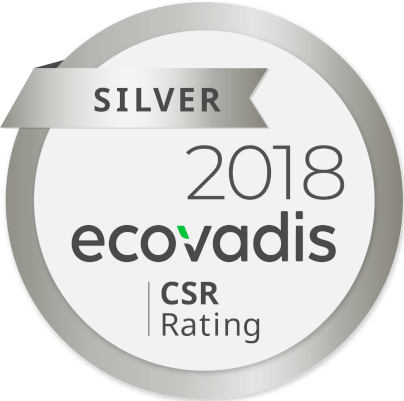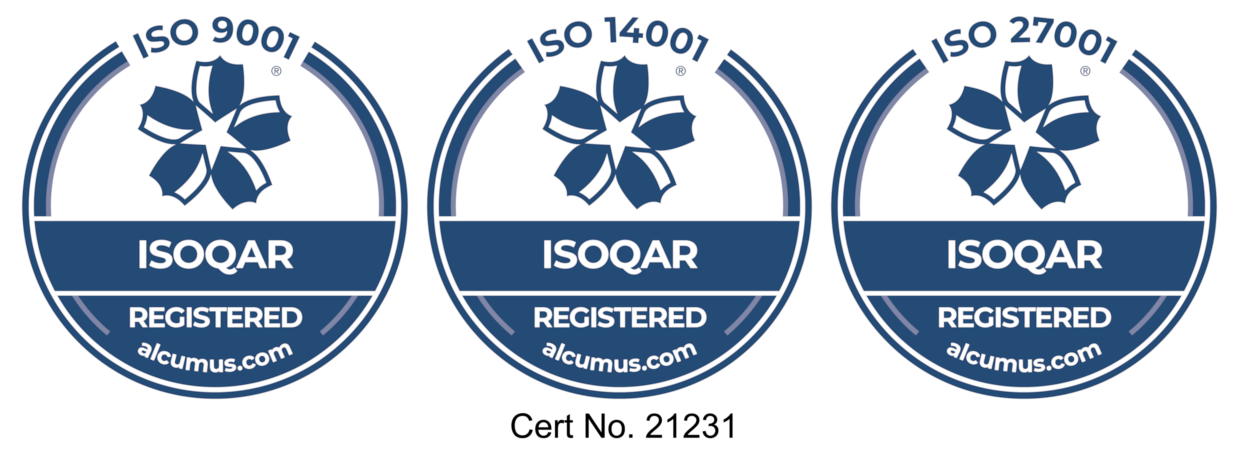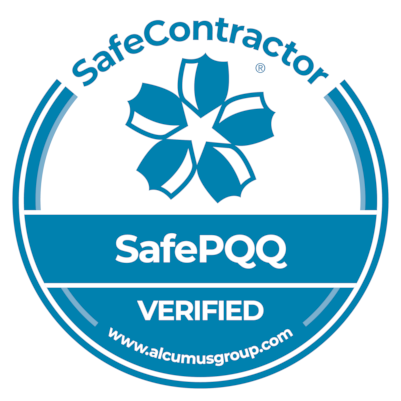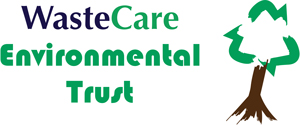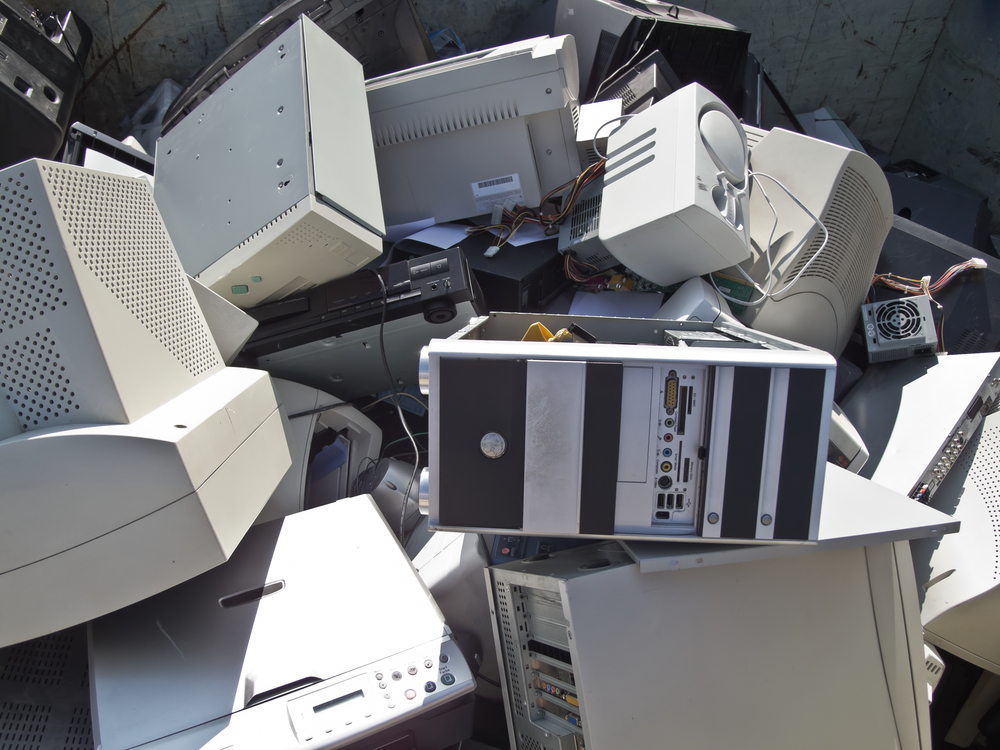 The Department for Business has outlined how producers and recyclers should determine whether electrical goods can be considered ‘household’ and ‘consumer’ WEEE at the end of life.
The Department for Business has outlined how producers and recyclers should determine whether electrical goods can be considered ‘household’ and ‘consumer’ WEEE at the end of life.
Definitions of what can be considered business to consumer (B2C) and business to business (B2B) were amended in October after the UK’s classification of household and business WEEE were found to be at odds with that held by the European Commission.
The difference centred on the interpretation of ‘dual use’ WEEE, which includes items such as PCs or television screens, which could conceivably be used in business or by consumers. In the UK, the definition was also qualified by the quantity of WEEE being presented for collection.
The new definition is in line with that held by the European Commission and states that any WEEE of a similar nature to that presented to householders, regardless of how much is presented, should be classed as household WEEE.
Items such as television screens, computers, vacuum cleaners or audio equipment could fall under either definition as they could feasibly be used in a business or household setting.
New BIS guidance outlines the extent to which producers of new electronic goods must apply the new definition stating that: “Within each category producers, PCSs and treatment operators must assess and report whether the material is household (B2C) or non-household (B2B).”
The guidance states that producers should consider the product’s design, specification and function to decide whether the product is specifically designed for household or non-household use. Products designed for both household and non-household use must then be classified as B2C.
BIS adds that products which might be purchased by consumers, by are designed and intended for commercial use should be classed as B2B.


